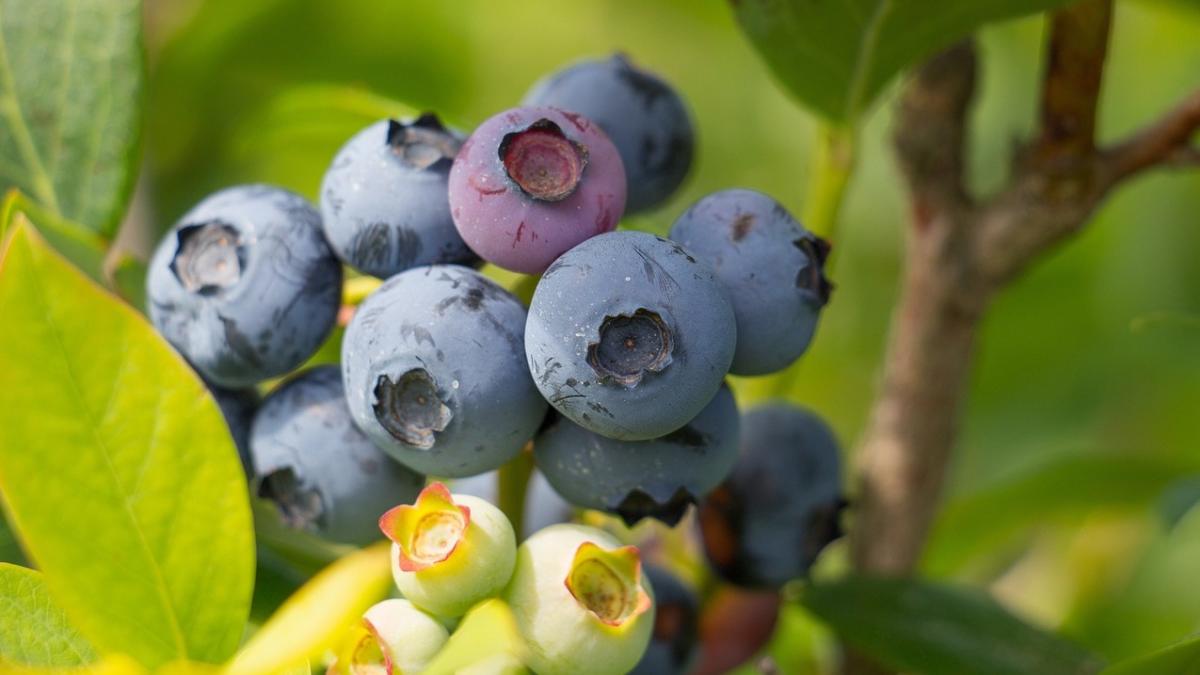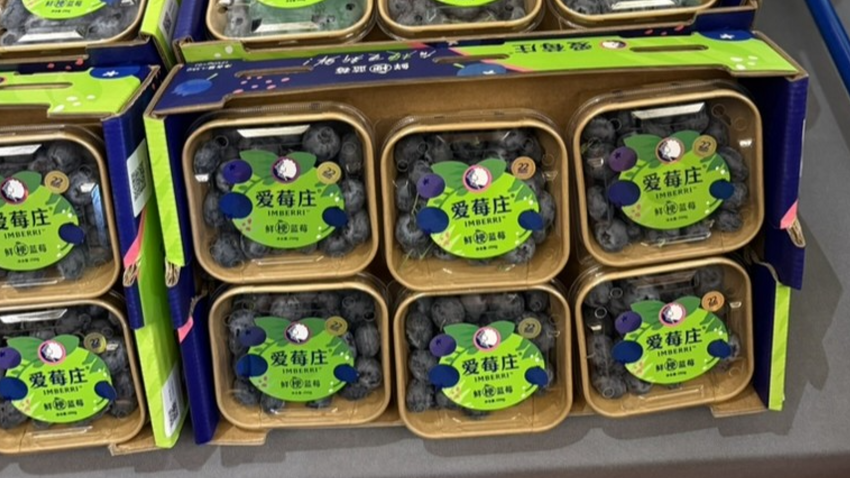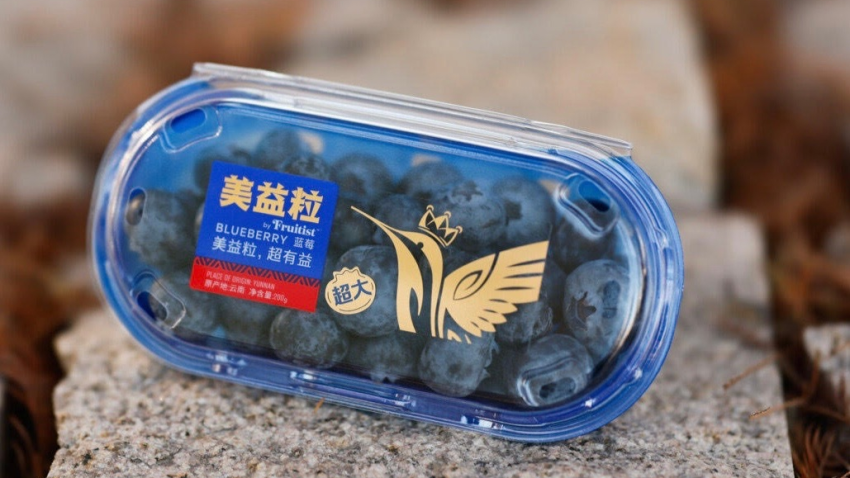You are here
Back to topPeruvian Blueberry Industry Stays Positive Amid 50% Decline in Exports

Since the start of the 2023/24 Peruvian blueberry campaign, 40,527 metric tons of blueberries had been shipped to overseas markets as of week 36, marking a 50% decline from the same period of last year. Week 36, the most recent week for which statistics had been reported at the time of writing, recorded the highest volume of exports so far at 6,626 metric tons; however, this still represented a 62% decrease from the same week in 2022.
Approximately 87% of Peru’s total shipments were destined for three countries: 53% of blueberry exports went to the United States, 24% to the Netherlands and 10% to China. With regard to China, the volume delivered to this market amounted to 684 metric tons, down 41% year on year. Meanwhile, the United States and the Netherlands saw declines of 64% and 66%, respectively.
This year’s production in Peru has been severely affected by Cyclone Yaku, which hit the country in early March, and the subsequent coastal El Niño phenomenon, which prolonged the rainy season and caused flooding. Furthermore, the larger-scale global El Niño phenomenon also had an impact, causing drought in the central regions of Peru and heavy rains and floods in the north. The effect of global El Niño is expected to intensify in 2024.
Luis Miguel Vegas, general manager of the Peruvian Blueberry Growers Association (Proarándanos), described 2023 as a challenging year, with some consequences predicted in 2024. Owing to altered agronomic practices implemented by growers this season, the 2023/24 campaign is expected to last longer, resulting in a shorter campaign the following year. The stronger impact of global El Niño may also influence how the next campaign is run.
According to Vegas, lower production and exports have forced prices to rise on the international market, with some countries — such as China and the United States — experiencing a twofold increase.
Diversifying Cultivar Range and Expanding into Asian Markets
Despite all of the challenges, including not only adverse weather but also other countries entering the global blueberry market, which could jeopardize Peru’s dominance, Vegas reported remaining optimistic about the years to come and stated that boosting cultivar diversity and presence in Asia will be priorities in the near future.
Currently, the Biloxi and Ventura cultivars account for more than 70% of all blueberries planted in Peru, with Ventura being the most vulnerable to climatic fluctuations. According to Vegas, the goal is to flip this ratio by producing 70% of other cultivars and 30% of Biloxi and Ventura. It has been reported that there are up to 62 blueberry varieties under development or in the patent application stage in Peru right now. This development work is focused on cultivars with firmer flesh, larger size, higher sugar content, crispier texture, greater resilience to storage and transportation, and higher and more stable yields.
With regard to market expansion, Vegas believes that the future of Peruvian blueberries lies in Asia. The goal is thus to increase the share of Asian markets, which currently account for less than 15% of Peruvian blueberry exports, to 30%. According to Vegas, Asian customers are particularly focused on quality and willing to pay a premium for high-quality fruit. The need for such a product could pose certain challenges for the industry, but the outcome may well be worthwhile. Last year, China paid $5.97 per kilogram for Peruvian blueberries, markedly higher than the United States and the European Union, which both paid approximately $4.80 per kilogram.
Image: Pixabay















Add new comment